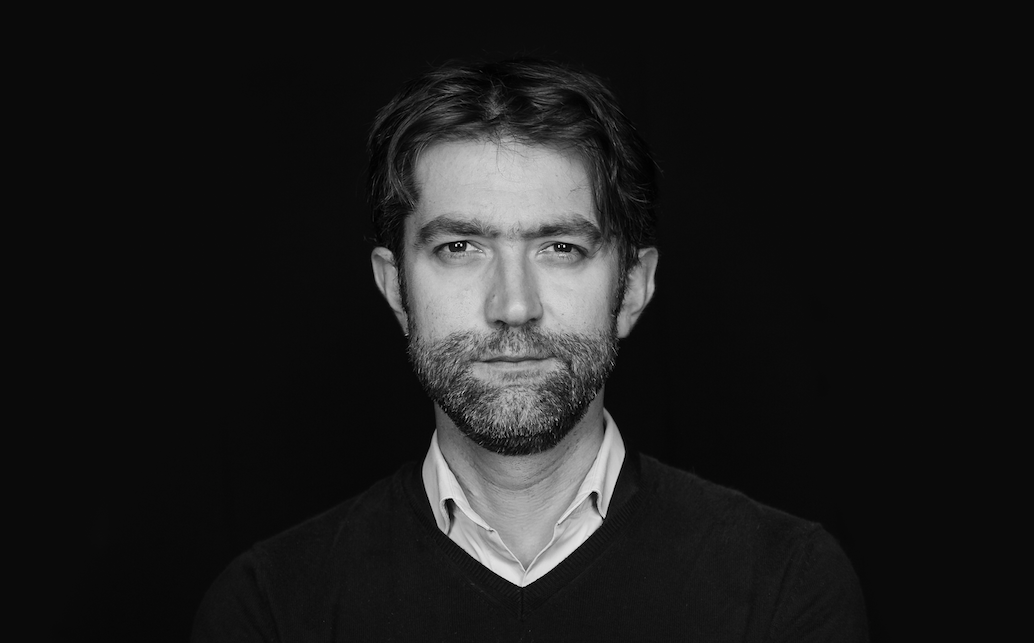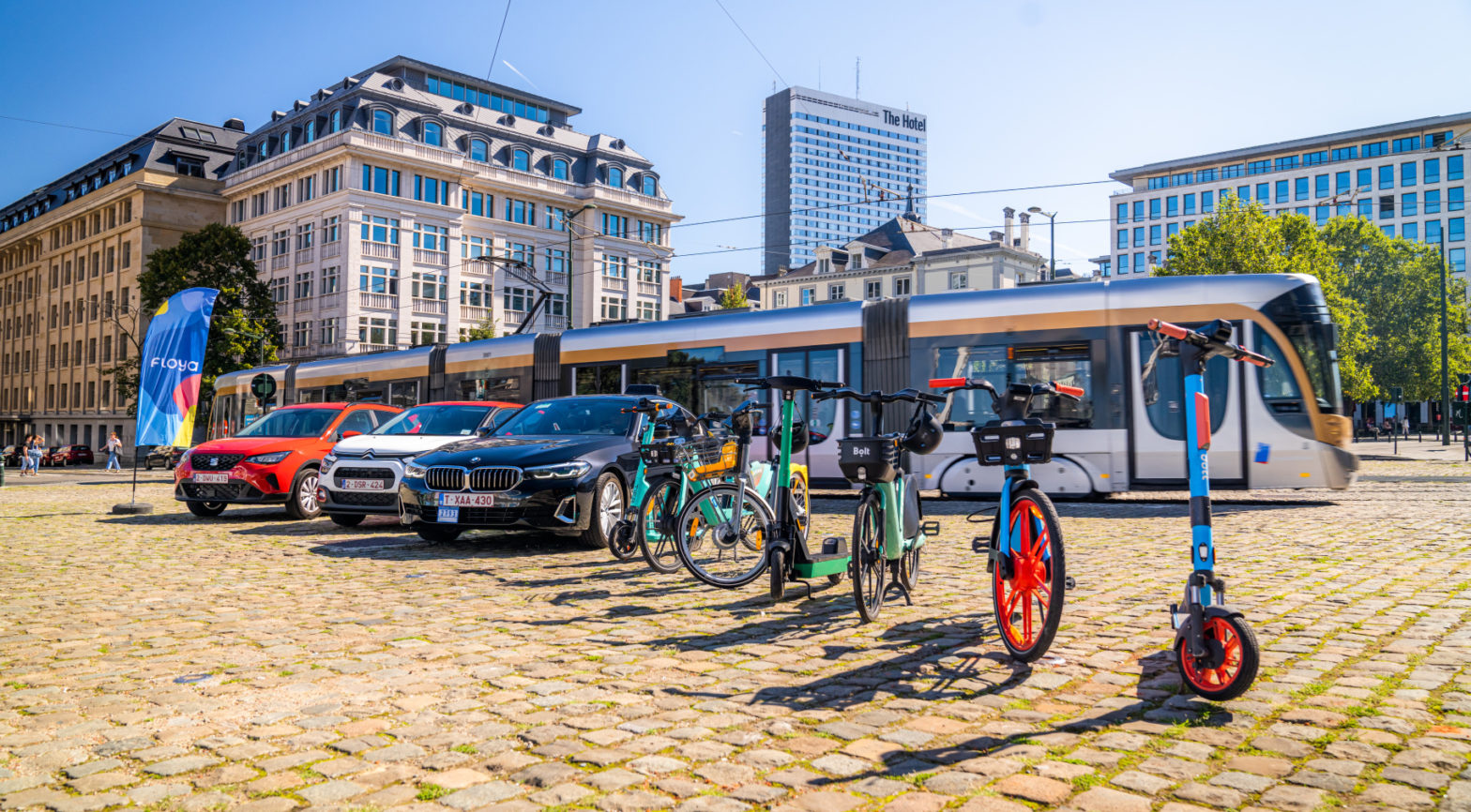
Photo: Screen-Shot-2017-12-18-at-14.59.34
Uber to focus on ‘first and last mile’
18 December 2017
by Jonathan Andrews
Manuel Manrique spoke to Oscar Cadena, Head of Public Affairs for the Andean Region, Uber, during the 2020 Cities* meeting in Lima, Peru, about how he is promoting Uber’s credentials as a first and last mile mobility provider as it seeks to establish itself in the Andean region
How are you finding operating in the Andean region? What are the main differences from country to country?
They are similar countries with similar challenges and similar difficulties but with a transversal motivation to move towards more sustainable and smarter cities. For Uber, the Andean region is fundamental. We are present in Colombia, Ecuador, Peru and Bolivia and we want to stay for a long time.
If you plan to be in the region for the long term, what are the strategies to achieve that goal?
We are in more than 600 cities in 70 countries around the world, we want to be part of society and a mobility solution for people. It is not expansion-for-expansion’s sake, it is responding to a general need, becoming part of the solution for the mobility problems of cities to help public administrators face these challenges. At the end of the day, technology becomes an ally of the people, to improve their quality of life and that of their cities so that they become increasingly competitive.
How are you dealing with the opposition facing Uber in cities?
We face it with enthusiasm and with patience. The challenges in each city are different in terms of regulatory issues. Uber is open in all senses to dialogue, to generate consensus and to work together so that once we arrive, we can operate in the cities of the world in the smoothest way possible and for the benefit of the people.
But there must be differences between cities, what are they?
For the specific case of Lima, Uber has become a solution for many people. I believe that its arrival has raised an increase–and an interest–in improving the quality of the safety of users and an interest in the informality of transport services in Lima. Competition brings only good things. The arrival of Uber, which at the end of the day is widening the market, generates new mobility opportunities for people and new self-employment opportunities for many others. This is taking place in a region where economic opportunities do not flourish every day. We are encouraged to be in those cities and we want to stay in them, helping them find solutions.
Do you have data on numbers of drivers in the cities where you operate?
In Colombia there are 2 million trips taken a week and we have more than 80,000 driving partners in 17 cities. In Ecuador we are in Quito and Guayaquil; in Peru we are in Lima, Arequipa, Cusco, Chiclayo and Piura; and in Bolivia in La Paz and Santa Cruz de la Sierra.
How is Uber investing its profits?
We have a constant commitment to improve quality, to improve safety standards, and to be more accurate and reliable for each of the trips between people and our driving partners. Our investment is to increasingly empower technology for the benefit of people.
What are the goals for 2018?
To continue to grow in cities, to be incorporated into the fabric of cities and to be part of the solution to the challenges that public administrators have. I am convinced that the street is there for all and that we must use it well. I believe that the arrival of the shared car, as a solution for the first and last mile, will make a more intelligent use of vehicles. At the end of the day the only thing that it will have will be a positive impact on cities, on people and on the income of the driving partners who leave every day to ‘put food in the fridge’ on account of these new ventures.
Does Uber talk with local governments or do they look for you to align operations?
Yes, there is a permanent willingness to talk with governments. There are cities where regulation is national, and there are others where regulation is local which we want to promote and continue to promote. We want to open those channels with the authorities to find outlets that allow us to operate in the countries where we are and can be a part of the solution.
And to put an end to that stigma that Uber’s drivers take jobs away from taxi drivers. That is the idea, right?
There is that idea. The report Bogota como vamos from 2017, showed that Uber had grown minimally at no expense to the number of taxis operating. That is, the number of taxis remained the same. What Uber does is satisfy a demand that cities, no matter how much effort they make and however sophisticated they may be, can’t cover the first and last mile. These are areas that historically have been abandoned. So as the market widens we believe the streets are for everyone, that we have to use them well and share them harmoniously, by integrating technology in cities.
*2020 Cities on city mobility was held in Lima, Peru from 4 to 5 December. Hosted by Cities Today the meeting brought together 14 cities from Latin America and three companies, including CAME Parkare, Uber and NXP. To find out more information or to join the next 2020 Cities (City Mobility or Connected Cities) roundtable, email: 2020@cities-today.com











